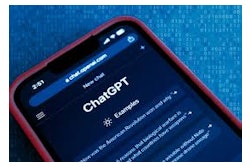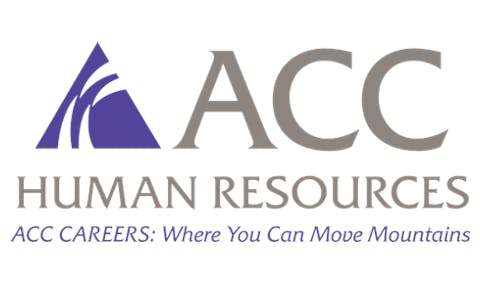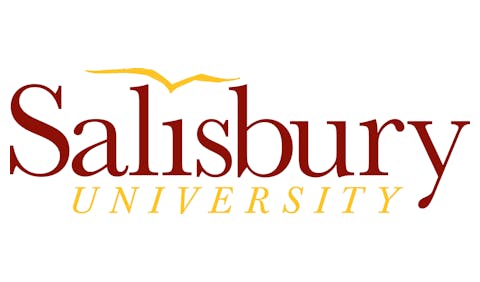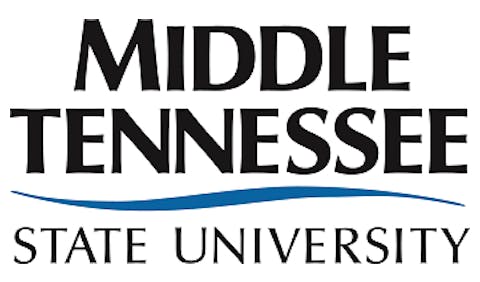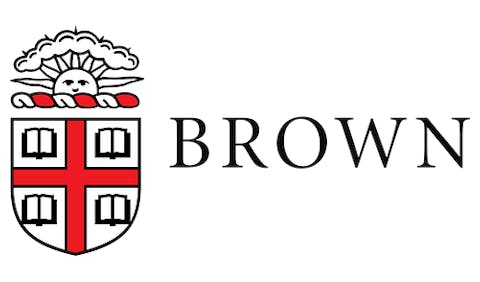COVID-19 may have stalled enrollment in higher education at large, but within prisons, higher education continued to blossom.
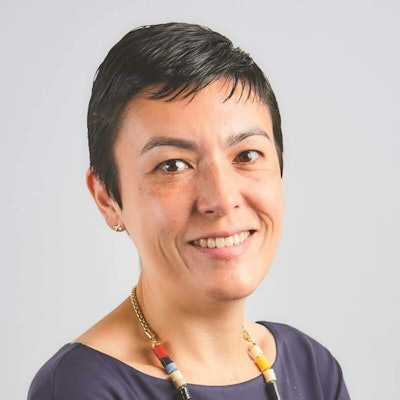 Margaret DiZerega, director of the Center for Sentencing and Corrections and Unlocking Potential at the Vera Institute of Justice.
Margaret DiZerega, director of the Center for Sentencing and Corrections and Unlocking Potential at the Vera Institute of Justice.
Second Chance Pell was an experiment launched by the Obama Administration that provided Pell Grants to incarcerated students, something forbidden by law since 1994. Between 2016 and 2021, over 28,000 incarcerated students enrolled in Second Chance Pell between 2016 and 2021. During that time, more than 9,000 have earned a certificate or diploma.
Participation in higher education programs in prison has been shown to reduce recidivism by 48%, and prisons with postsecondary programs have fewer violent incidents. Higher education, the report concludes, contributes to successful reentry and public safety.
The data reveals racial inequities still plague these programs. White students make up 43% of Second Chance Pell students, overrepresenting their prison population of 30%. Only 8% of Second Chance Pell students are Latinx, even though they make up about 23% of the prison population. However, Latinx students earned 14% of all credentials.
This disaggregated data is relatively rare in this field of research, said Margaret DiZerega, director of the Center for Sentencing and Corrections and Unlocking Potential at Vera. She said she hopes the data can help colleges and researchers think creatively about how to get more incarcerated people involved in these programs, perhaps by developing things like student voice councils in prison or increasing diversity of faculty and curriculum.
This five-year report arrives with change approaching on the horizon. Starting July 1, 2023, the FAFSA Simplification Act will go into effect, and every prisoner incarcerated at a prison with a higher education program will be able to apply for a Pell Grant.






